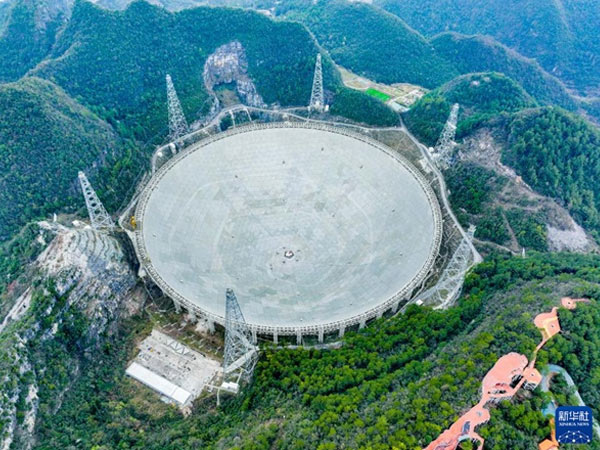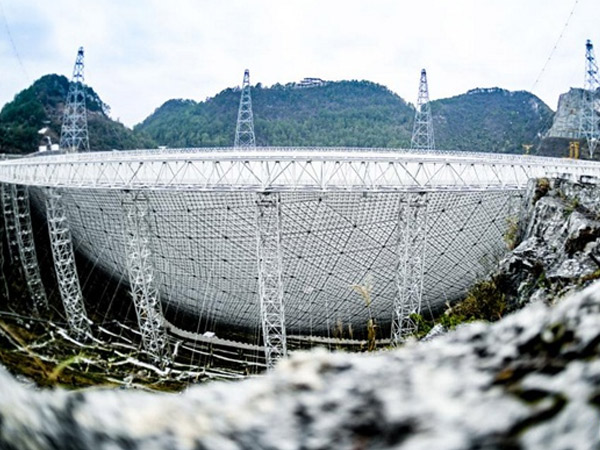Recently, China's FAST Telescope has successfully detected over 900 new pulsars. This achievement not only enriches the field of astronomy but also offers new perspectives on the origins and evolution of the universe. FAST relies on a series of sophisticated technologies, and laser technology (precision manufacturing, measurement and positioning, welding and connection, and laser cooling...) plays a critical role.
Over 900 New Pulsars Discovered: The Application of Laser Technology in China's FAST Telescope
China's FAST Telescope, a colossal 500-meter-diameter spherical radio telescope in Guizhou province, has once again captivated the world with a groundbreaking discovery. Recently, FAST has successfully detected over 900 new pulsars. This achievement not only enriches the field of astronomy but also offers new perspectives on the origins and evolution of the universe.
To capture the faint radio waves from the far reaches of the universe — waves that hold secrets of distant galaxies, pulsars, and interstellar molecules—FAST relies on a series of sophisticated technologies.

A photo taken on February 27 shows a portion of the FAST telescope (drone photo during maintenance),
captured by Xinhua News Agency reporter Ou Dongqu
The Critical Role of Laser Technology in FAST's Construction
Precision Manufacturing
The reflective surface of FAST is composed of thousands of individual panels, and the precise positioning and adjustment of these panels are crucial for high-sensitivity observations. Laser technology plays a key role in this process. Through precise laser cutting and marking, it ensures the accurate manufacturing of each component, maintaining the exact shape and stability of the reflective surface.
Measurement and Positioning
To achieve precise aiming and focusing, laser measurement technology is used to accurately measure and adjust the positions of the reflective units. The application of laser tracking and ranging systems significantly enhances the precision and efficiency of observations.
Welding and Connection
During the construction of FAST, laser welding technology was employed to connect numerous steel cables and support structures. This high-precision and efficient welding method ensures the stability and reliability of the telescope's structure.

A photo taken on February 27 shows a portion of the FAST telescope (drone photo during maintenance),
captured by Xinhua News Agency reporter Ou Dongqu.
Laser Chillers: Ensuring Stable Operation of Laser Equipment
In the operation of FAST, laser chillers play a crucial role. They regulate the working environment temperature of the laser equipment through circulating cooling water, ensuring the equipment operates at optimal conditions. This, in turn, guarantees the precision of laser processing and measurements, enhancing the system's stability and efficiency.
The construction and operation of FAST not only demonstrate the significant role of laser technology in modern astronomy but also mark a new chapter in humanity's exploration of the universe. As FAST continues its operation and research, we anticipate it will unveil more cosmic secrets, driving advancements in astronomy and related scientific fields.

We're here for you when you need us.
Please complete the form to contact us, and we'll be happy to help you.










































































































